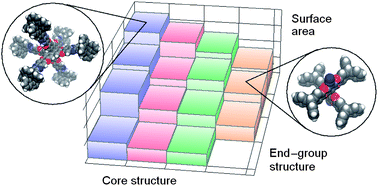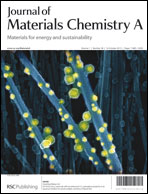Predictive molecular simulations were utilized to screen an array of microporous organic solids in order to provide insight into important design principles for increasing porosity in these types of materials. The computational screening considered 22 organic molecules of intrinsic microporosity (OMIMs) incorporating varying core and end-group geometries. The simulations were validated for a subset of experimentally synthesized biphenyl-core OMIMs by excellent agreement with X-ray scattering data. Analysis of the simulations revealed the role of three structural design aspects for increasing porosity in these types of materials: (i) molecular rigidity, (ii) bulky end groups, and (iii) three-dimensionality. In particular, the porosity increased with molecular rigidity, and ideal simulations of rigid-body molecules resulted in surface areas larger by an order of magnitude. Increasing the bulkiness of the end groups, such as by the addition of awkward tert-butyl and adamantyl functional groups, also encouraged a more inefficient packing. Lastly, molecular shapes that were more three dimensional, instead of planar, provided greater porosity. While these design principles were examined here for OMIMs, they extend to similar classes of discrete organic materials, as well as microporous polymers.

You have access to this article
 Please wait while we load your content...
Something went wrong. Try again?
Please wait while we load your content...
Something went wrong. Try again?


 Please wait while we load your content...
Please wait while we load your content...